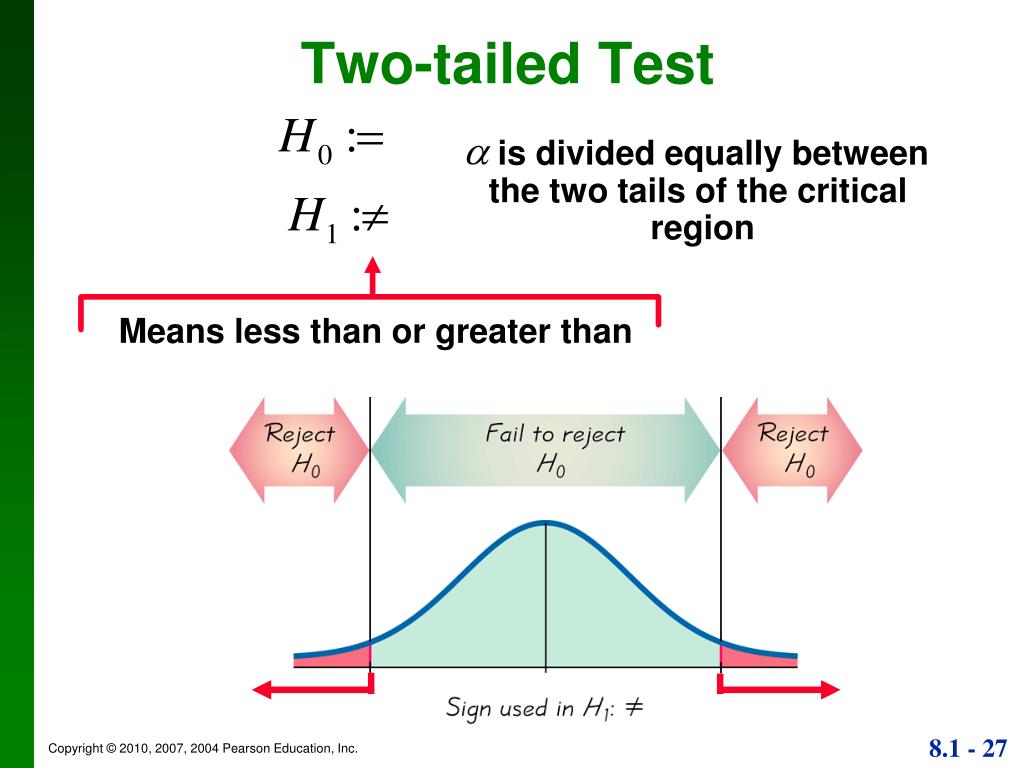

They looked at some basic properties of the networks, such as the numbers of nodes (intersections) and edges (roads between intersections), as well as using more sophisticated concepts from the modern theory of complex networks, such as the quantity called “betweenness centrality” (BC) that measures the importance of individual nodes to navigating the network. Marc Barthelemy of the CEA Institute of Theoretical Physics in the Parisian suburb of Gif-sur-Yvette and his colleagues have analysed maps of the city road network at six moments in time since the Revolution began: 1789, 1826, 1836, 1888, 19. The results offer a case history of how cities may evolve through a combination of spontaneous self-organisation and top-down central planning. But a new study by a collaboration of mathematical physicists and social historians in France shows that, simply by analysing old and new maps of the city, it’s possible to quantify what effect Haussmann’s plans had on the shape and life of Paris. After all, we can’t make measurements to compare today’s traffic flow with that from the days of Robespierre. Until recently, these questions relied largely on the subjective impressions of urban theorists. But what exactly did these so-called “Second Empire reforms” really do to the properties of the road network? How did they alter the way residents navigated the city?

You only have to compare the cityscape today with the narrow, convoluted passageways of the Marais district, one of the few parts of Paris largely untouched by Haussmann’s plans. It’s not hard to see how the redesign, conducted by Baron Georges-Eugene Haussmann at the emperor’s command, transformed Parisian life. The city is one of the most striking examples of rational urban planning, conducted in the middle of the nineteenth century during the “Second Empire” of Napoleon III to ease congestion in the dense network of medieval streets. But this isn’t how Paris looked at the time of the Revolution in the late 18th Century. They are what make Paris so distinctive: the grand, wide boulevards that march in straight lines through the city, lined with bustling cafés and tempting patisseries.


 0 kommentar(er)
0 kommentar(er)
